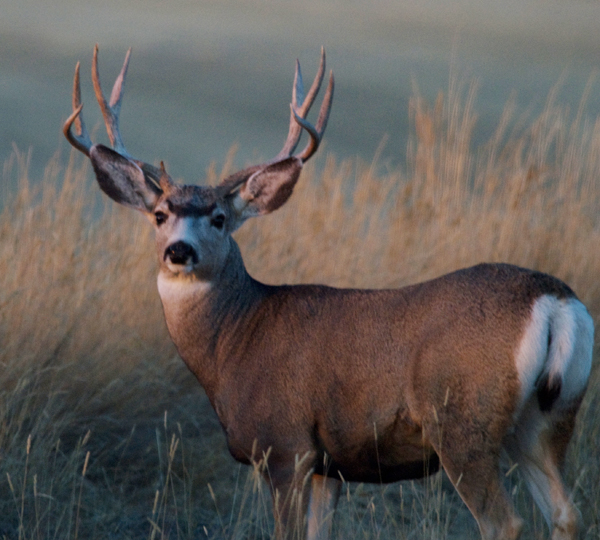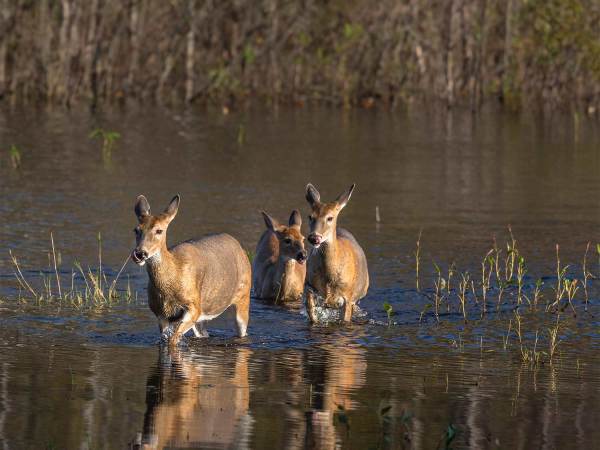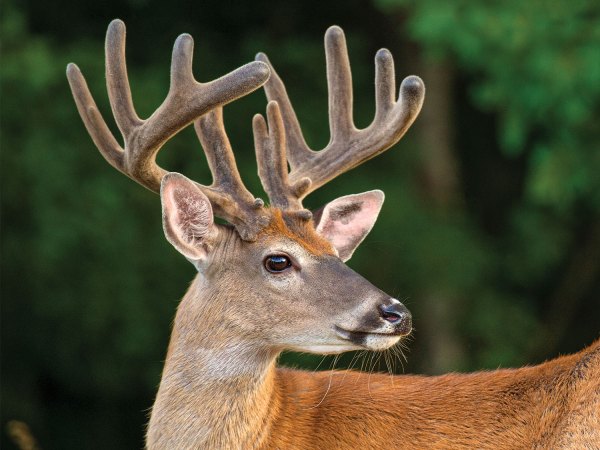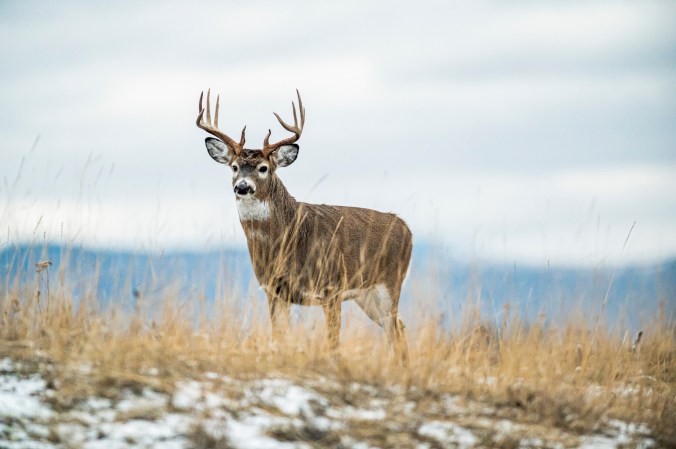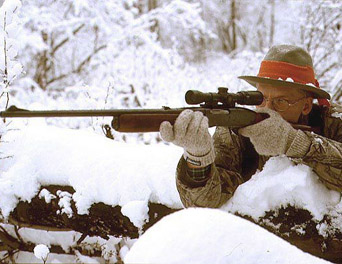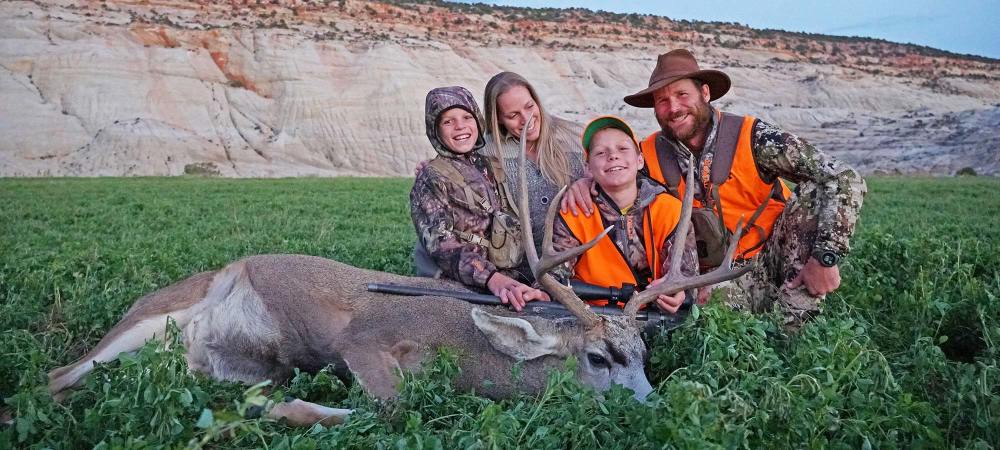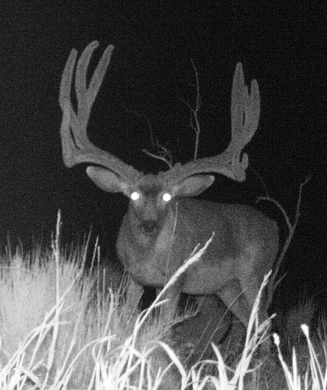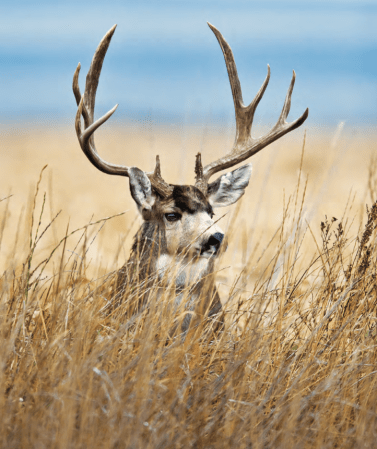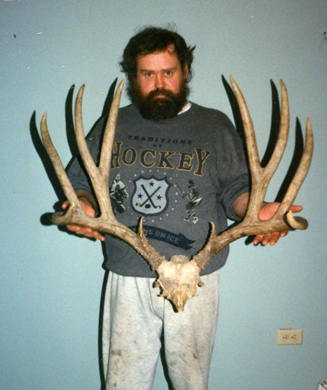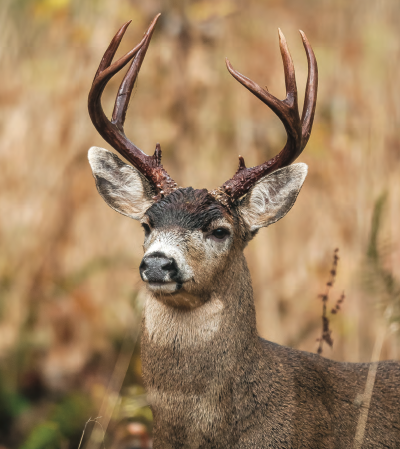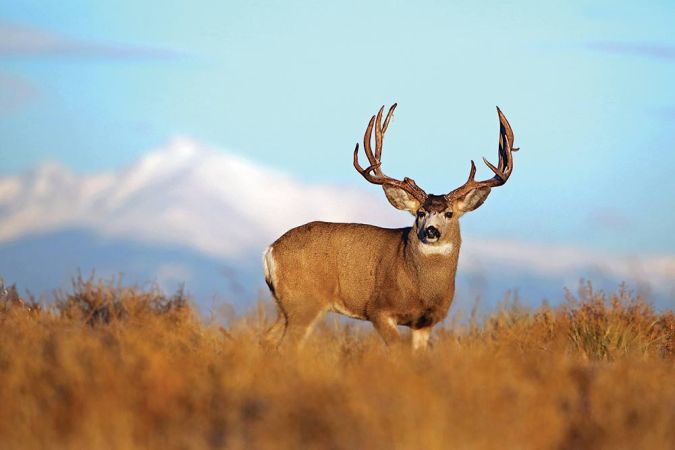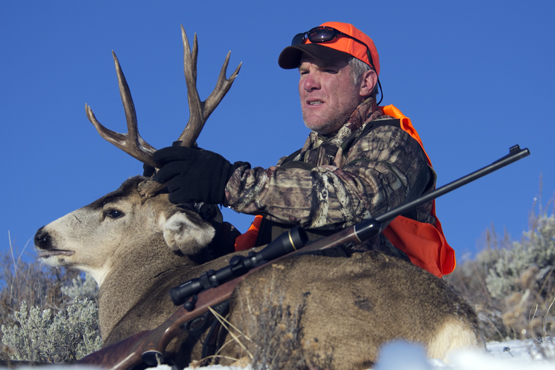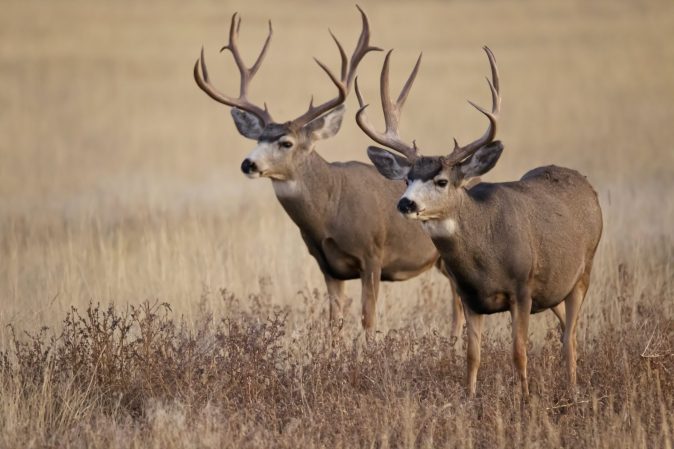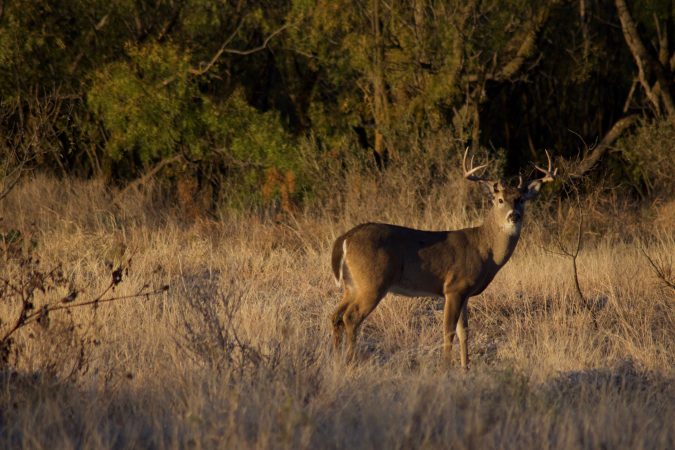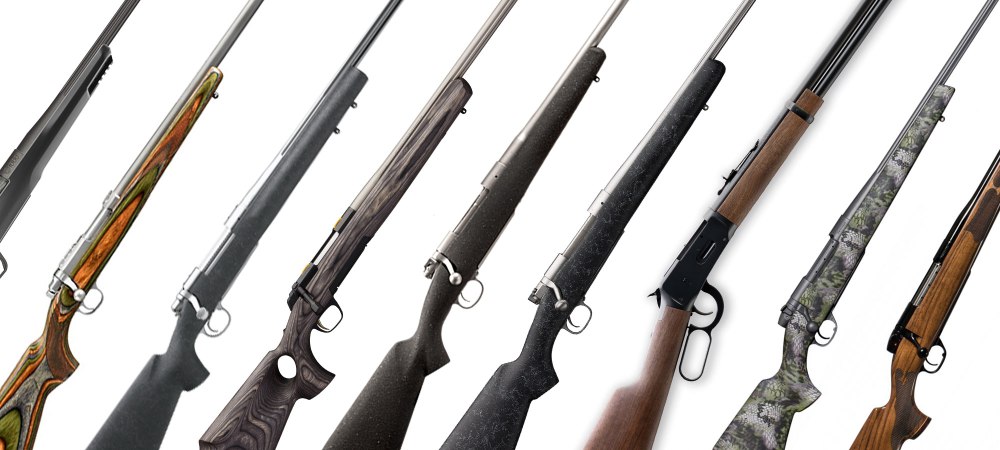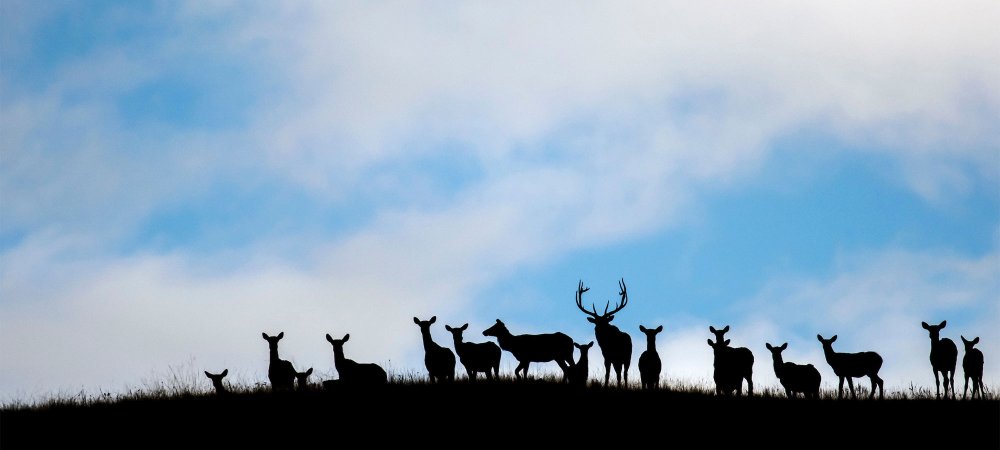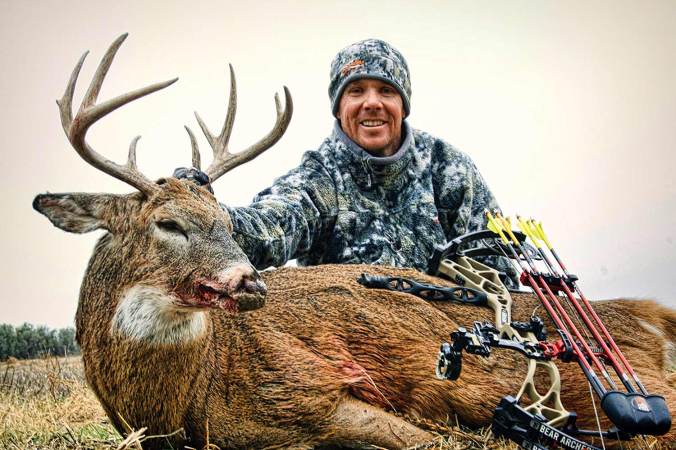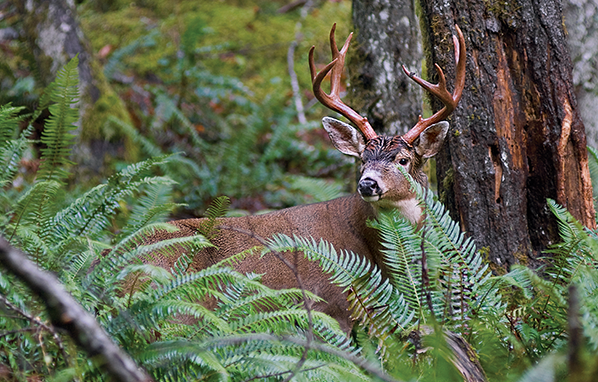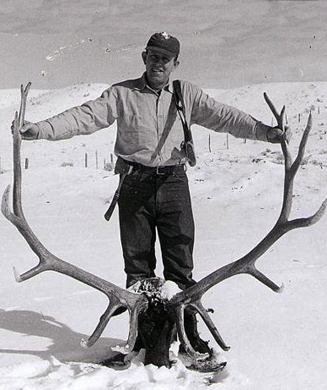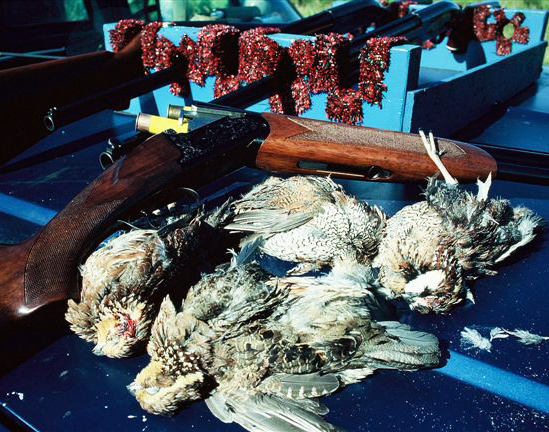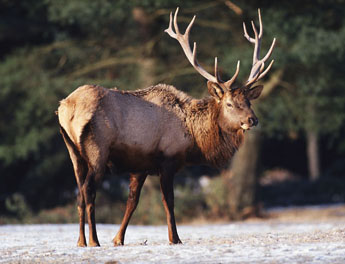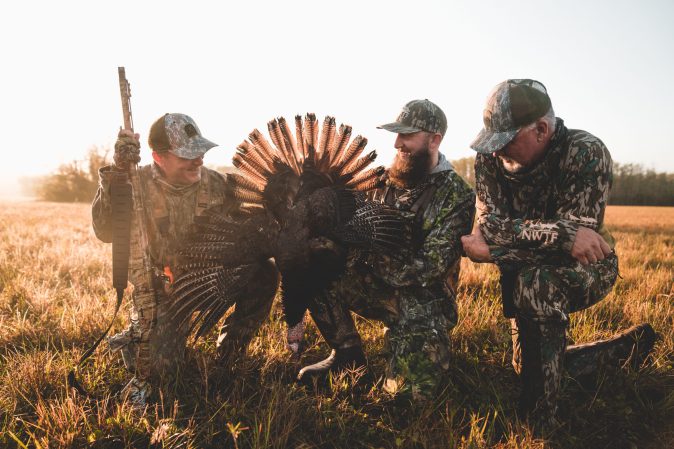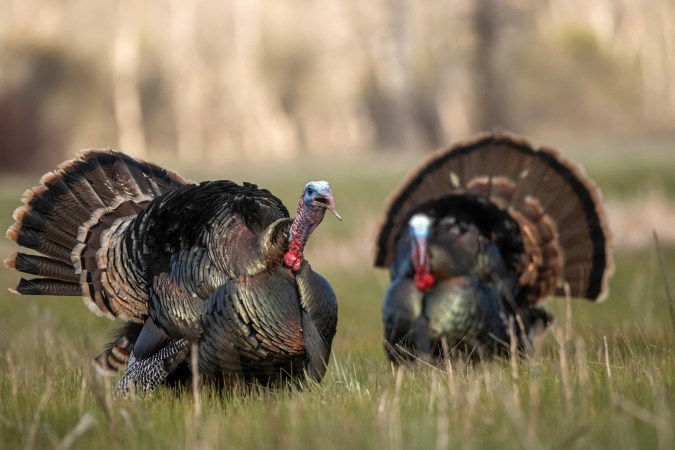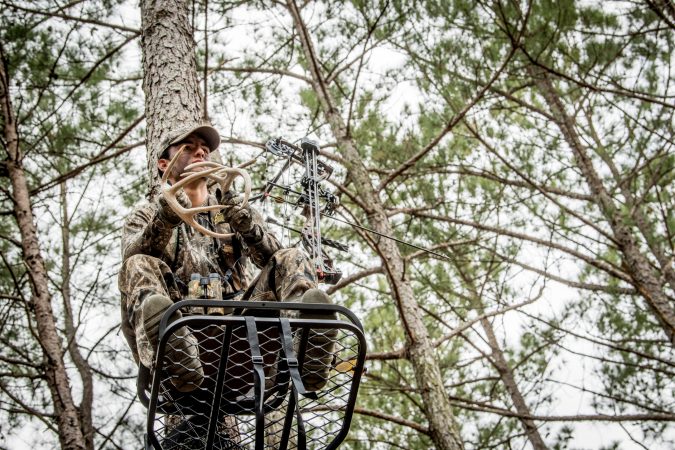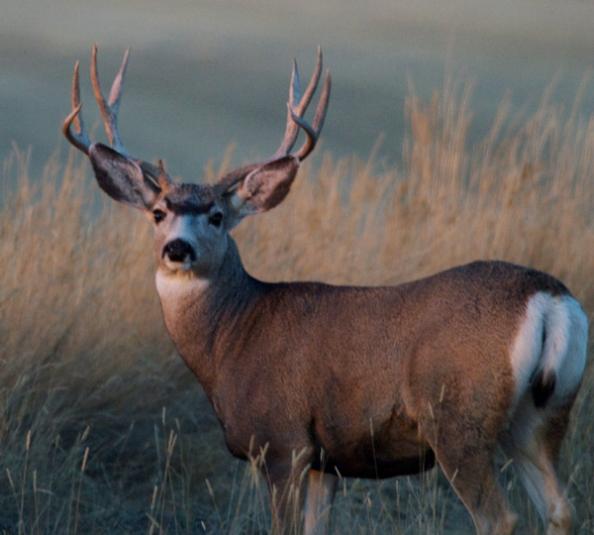
Deer populations have been growing in Arizona since 2002. Today, Arizona is estimated to have between 85,000 and 90,000 whitetail deer and another 110,000 to 115,000 mule deer, for a total that’s approximately ten percent higher than it was a decade ago.
“Overall, deer populations are still substantially below their high point in the early 1980s, but they are cautiously improving,” said Brian Wakeling, Game Branch Chief for the state’s Game and Fish Department.
The biggest factor for the deer herd this year or in any year for that matter is precipitation — or a lack of it.
July brought monsoonal rains to much of Arizona. While those rains were substantial, they were not as heavy as they have been in past years. Plus, the state had already been in a long-tem drought the last several years. Even with the July rains, the U.S. Drought Monitor categorized most of the state to be suffering from “Severe” to “Extreme” drought conditions by mid-August. Still, those early rains did improve the amount and quality of the deer forage. This will only help the deer herd as it approaches the fall.
Actually, drought may turn out to be a big help to deer here in the longer term. Last year’s extremely dry conditions helped spark substantial wildfires during the summer of 2011 in the Rodeo-Chediski and Wallow Areas. This spring and summer, a good deal of new browse emerged in these scorched habitats.
“Unit 3C (Rodeo-Chediski) has seen some great mule deer bucks recently, and we expect to see mule deer rebound similarly in Units 1 and 27 (scene of the Wallow fire) in the near future,” said Wakeling.
Generally speaking, he adds, “The Kaibab (Unit 12A) and the Strip (Units 13A and 13B) are consistent producers for nice mule deer. For whitetail deer, any unit in southern or central Arizona can produce a great buck.”
The Western Regional Report
_A very dry summer in the Southwest shriveled up forage and made it hard for does to successfully drop and raise fawns. However, new deer browse is starting to appear in the burned-over areas from 2011’s wildfires in Arizona and New Mexico.
Things are trending up for deer in the Northern Rockies, after horrendous winters starting in 2007-2008. A mild and generally snowless 2011-2012 winter helped Idaho mule deer and whitetail numbers begin to rebound–though it might take another year or two for that growth to be reflected in the harvest. Wyoming suffered from a decade-long drought, but the last two years have seen a return of the rains, and deer habitat is turning around. Montana’s deer have been hit hard by harsh winters and a major EHD outbreak last year, which took out thousands of trophy whitetails, especially along the Milk River corridor._
Top Trophy Zones
AZ: Units 3C, 12A, 13A, 13B, and 24A.
CA: Humboldt, Mendocino, Siskiyou, and Trinity counties.
CO: Units 25 and 26.
ID: Benewah, Bonner, Boundary, and Kootenai counties.
MT: Fergus, Madison, Missoula, and Ravalli counties.
NM: Units 32 and 33 for mule deer; units 21, 22, 23, 24, and 27 for Coues.
OR: Clackamas, Grant, and Jackson counties.
WA: Chelan, Ferry, Lewis, Spokane, and Stevens counties.
WY: Bighorn, Crook, Lincoln, and Sheridan counties.
